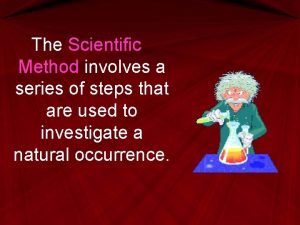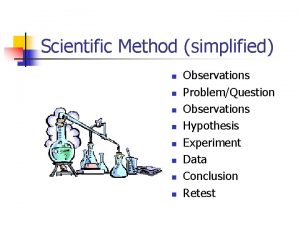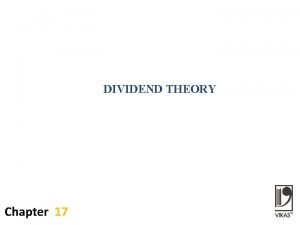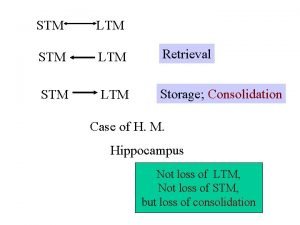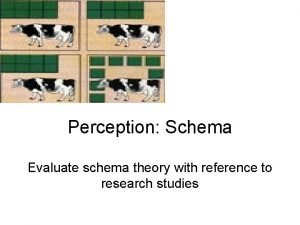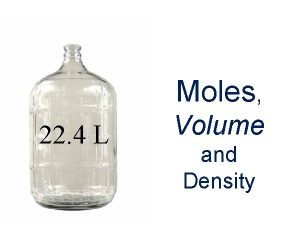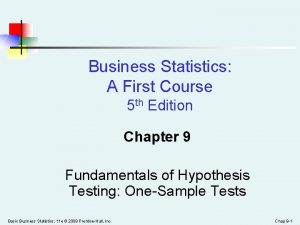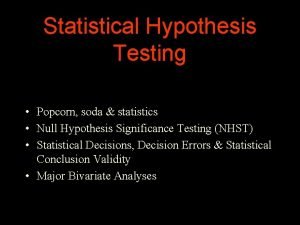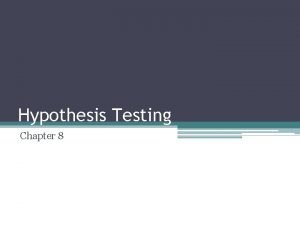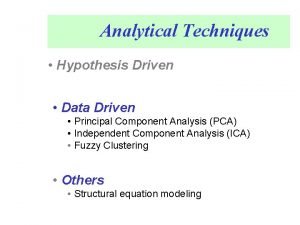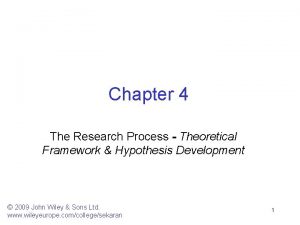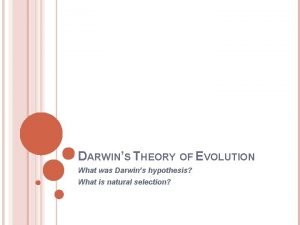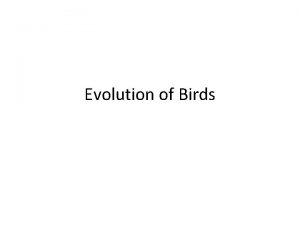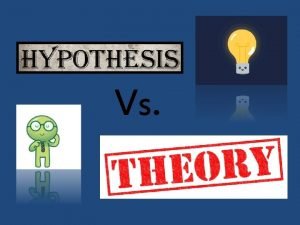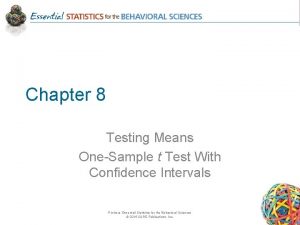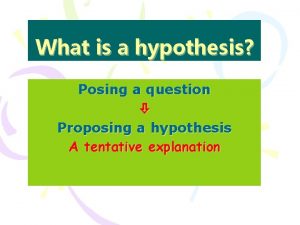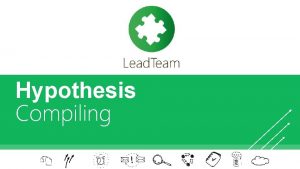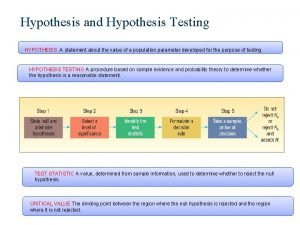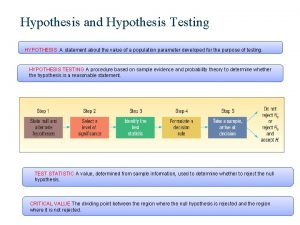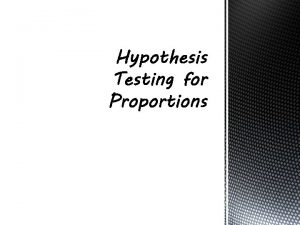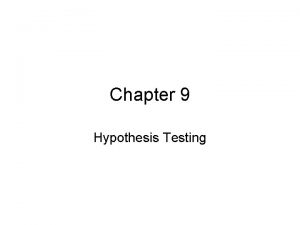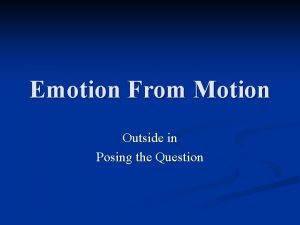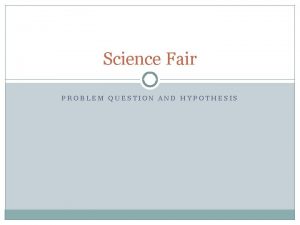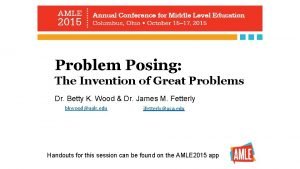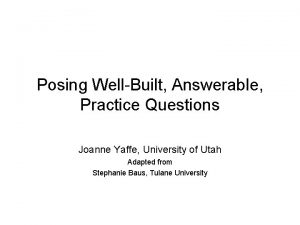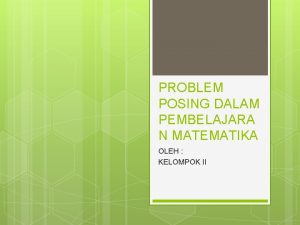What is a hypothesis Posing a question Proposing






































- Slides: 38

What is a hypothesis? Posing a question Proposing a hypothesis A tentative explanation

When do we need a hypothesis? If the hypothesis is correct, what predictions can be made? Design experiments or plan observations.

What hypothesis should be put forward for the following investigations? 1. How does the size of a parachute affect the rate of its descend? 2. How does the shape of a parachute affect its rate of descend?

• A hypothesis is NOT needed in such cases! • An ‘expected’ result from the investigator will affect the objectivity of observation

What is the relationship between heating time and water temperature?

• A hypothesis is NOT needed in such cases! • An ‘expected’ result from the investigator will affect the objectivity of observation

The relationship between heating time and water temperature

Observation: the flame goes out when covered by a jar? Question: Why does the flame goes out when covered by a jar?

A question that asks “why” usually requires a hypothesis. A question that asks “what” usually requires making objective observations. No hypothesis is needed.

Do we need to suggest a hypothesis for the following questions? 1. What is the Water Potato of potato cells? 2. Why does a potato become softer after storing for a long time?

Do we need to suggest a hypothesis for the following questions? 1. What is the optimum temperature for salivary amylase? 2. Why is salivary amylase still very active at 70 o. C?

Do we need to suggest a hypothesis for the following questions? 1. What is the effect of light intensity on the rate of photosynthesis? 2. Why does the rate of photosynthesis become constant with increase in light intensity?

What food constituents are present in peanut, banana, grape, potato and biscuit? Hypothesis: I think that peanut, banana, grape, potato and biscuit all have proteins and lipids.

What food constituents are present in peanut, banana, grape, potato and biscuit? Hypothesis: I think that peanut, banana, grape, potato and biscuit all have proteins and lipids. A hypothesis Not needed!!

How does the respiratory rate of mealworms changes with temperature? Hypothesis: the respiration rate increases with temperature

How does the respiratory rate of mealworms changes with temperature? A hypothesis Not needed!!

How does the transpiration rate of a plant differ inside and outside the laboratory? Hypothesis: The plant outside the a higher transpiration plant inside the lab should have rate than the

How does the transpiration rate of a plant differ inside and outside the laboratory? Hypothesis: The plant outside the lab should have a higher transpiration rate than the plant inside the lab. A hypothesis is NOT needed

Why is the transpiration rate of a plant differ outside and inside the laboratory? Hypothesis:

Why is the transpiration differ outside and inside laboratory? Hypothesis: 1. The light intensity is higher outside the lab. 2. The UV light intensity is higher outside the lab………. rate of a plant the

Why is the transpiration differ outside and inside laboratory? Hypothesis: 1. The light intensity is higher outside the lab. 2. The UV light intensity is higher outside the lab rate of a plant the Testable prediction: 1. The light intensity is higher outside the lab/ rate of transpiration increases with higher intensity 2. The UV light intensity is higher outside the lab/ Higher UV intensity increases rate of transpiration

In Coleus leaf, more stomata are present on the lower epidermis than on the upper epidermis. What is the significance of this uneven distribution of stomata? Hypothesis:

In Coleus leaf, more stomata are present on the lower epidermis than on the upper epidermis. What is the significance of this uneven distribution of stomata? Hypothesis: • To reduce the rate of water loss due to transpiration when sunlight shines directly from above.

In Coleus leaf, more stomata are present on the lower epidermis than on the upper epidermis. What is the significance of this uneven distribution of stomata? Hypothesis: • To reduce the rate of water loss due to transpiration when sunlight shines directly from above. Testable prediction: • For plants that receive even illumination on both surfaces, the number of stomata on upper and lower epidermis should be similar

Potatoes stored for a long time becomes soft to the touch. Why does this occur? Hypothesis:

Potatoes stored for a long time becomes soft to the touch. Why does this occur? Hypothesis: • The longer the time of storage, the more water is lost through transpiration. • The cell membrane is damaged during storage. So the cells lose their turgidity.

Potatoes stored for a long time becomes soft to the touch. Why does this occur? Hypothesis: • The longer the time of storage, the more water is lost through transpiration. • The cell membrane is damaged during storage. So the cells lose their turgidity. prediction: • The water content of the potato decreases with storage time • Observation of the cell membrane of soft potato should reveal more damages with longer storage time.

Posing a question (Why …? ) Proposing a hypothesis A tentative explanation A hypothesis is a tentative idea that generates predictions – for testing the idea.

Designing an investigation: 1. Pose a ‘testable’ question. What, why? 2. Is a hypothesis needed? 3. Design an experiment

Designing experiment/observation Biological principle Design method of investigation

Designing experiment/observation Biological principle Design method of investigation What’s the independent variable?

Designing experiment/observation Biological principle Design method of investigation What’s the independent variable? What is the dependent variable?

Designing experiment/observation Biological principle Design method of investigation What’s the independent variable? How to change it? What is the dependent variable? How to measure it? What are the assumptions made?

Designing experiment/observation What are the controlled variables? Any assumptions made? Is it necessary to set up a control experiment? If yes, how to do it?

What are the assumptions that you need to make in order to draw valid conclusions? To measure transpiration rate using a bubble potometer: rate of water absorption = To find the W. P. using the % change in mass method: change in mass of potato cylinder is due to To find the growth rate of a plant by measuring the change in dry mass: To compare the sugar content of green, red and dark grapes using Benedict’s test:

What are the assumptions that you need to make in order to draw valid conclusions? To measure transpiration rate using a bubble potometer: rate of water absorption = rate of transpiration To find the W. P. using the % change in mass method: change in mass of potato cylinder due to water uptake/loss by osmosis only To find the growth rate of a plant by measuring the change in dry mass: change in dry mass amount of cytoplasm formed To compare the sugar content of green, red and dark grapes using Benedict’s test: amount of reducing sugar total amount of sugar

What are the assumptions on the controlled variables for the following investigation? Effect of light intensity on photosynthesis: rate of respiration remains constant in different light intensity; gas bubbles are identical in size To compare the vitamin C content of different food samples using DCPIP: To compare the rate of anaerobic respiration of yeast using different substrates:

Assumptions made in the controlled variables? Effect of light intensity on photosynthesis: rate of respiration remains constant in different light intensity; gas bubbles are identical in size To compare the vitamin C content of different food samples using DCPIP: Each drop of solution has the same volume; the end points are the same / no other substances in food that might decolorize DCPIP To compare the rate of anaerobic respiration of yeast using different substrates: air temperature & pressure unchanged; the yeast samples are identical
 Posing board
Posing board Power posing
Power posing Wjec hospitality and catering unit 2 examples
Wjec hospitality and catering unit 2 examples Level 1 2 3 questions
Level 1 2 3 questions Nebular hypothesis and protoplanet hypothesis venn diagram
Nebular hypothesis and protoplanet hypothesis venn diagram Define null hypothesis
Define null hypothesis Developing null and alternative hypothesis
Developing null and alternative hypothesis Null and alternative hypothesis
Null and alternative hypothesis Question hypothesis experiment data conclusion
Question hypothesis experiment data conclusion Question hypothesis experiment data conclusion
Question hypothesis experiment data conclusion Indirect questions
Indirect questions Closed questions
Closed questions Compelling questions examples
Compelling questions examples Contoh open question dan close question
Contoh open question dan close question Example of factor isolating question
Example of factor isolating question Question without question words
Question without question words Examples of supporting questions
Examples of supporting questions Language families
Language families Allport's contact hypothesis
Allport's contact hypothesis Mm hypothesis dividend policy
Mm hypothesis dividend policy The learning hypothesis
The learning hypothesis Rutgers center for cognitive science
Rutgers center for cognitive science Software development
Software development Mass density unit
Mass density unit Hypothesis testing business statistics
Hypothesis testing business statistics Popcorn hypothesis
Popcorn hypothesis Hypothesis two types
Hypothesis two types Tool making source of language
Tool making source of language Hypothesis driven data mining
Hypothesis driven data mining Framework hypothesis
Framework hypothesis What was darwins theory
What was darwins theory Language language
Language language Thecodont hypothesis
Thecodont hypothesis Hypothesis generation tools
Hypothesis generation tools Clive bell the aesthetic hypothesis
Clive bell the aesthetic hypothesis Hypothesis vs theory
Hypothesis vs theory One sample test statistic
One sample test statistic The performative hypothesis
The performative hypothesis Hypothesis in critical thinking
Hypothesis in critical thinking








